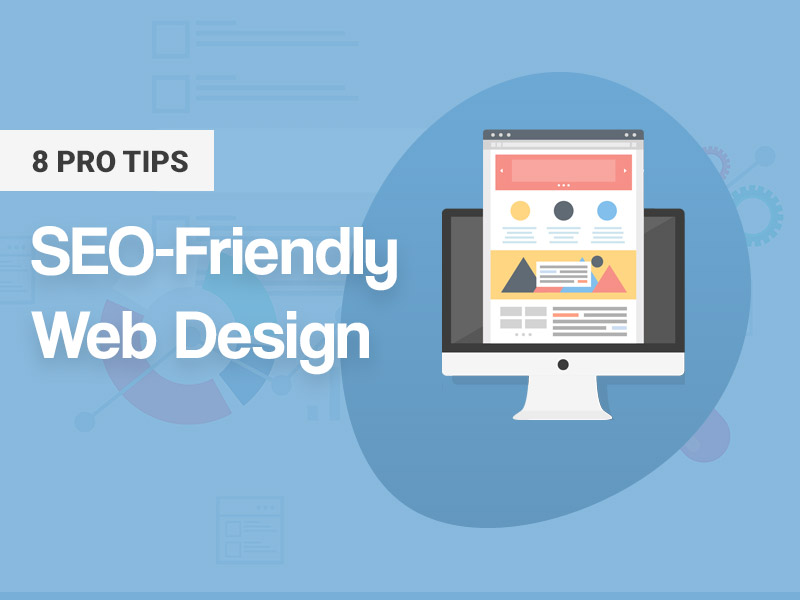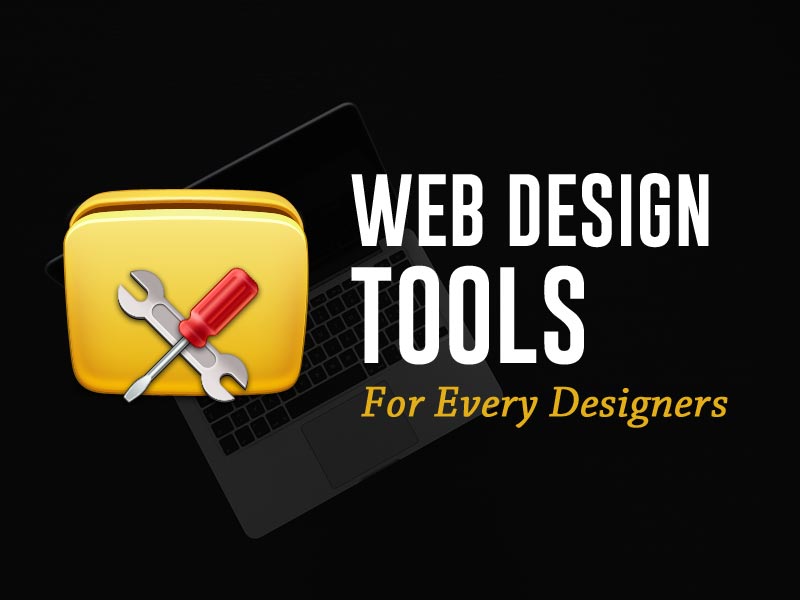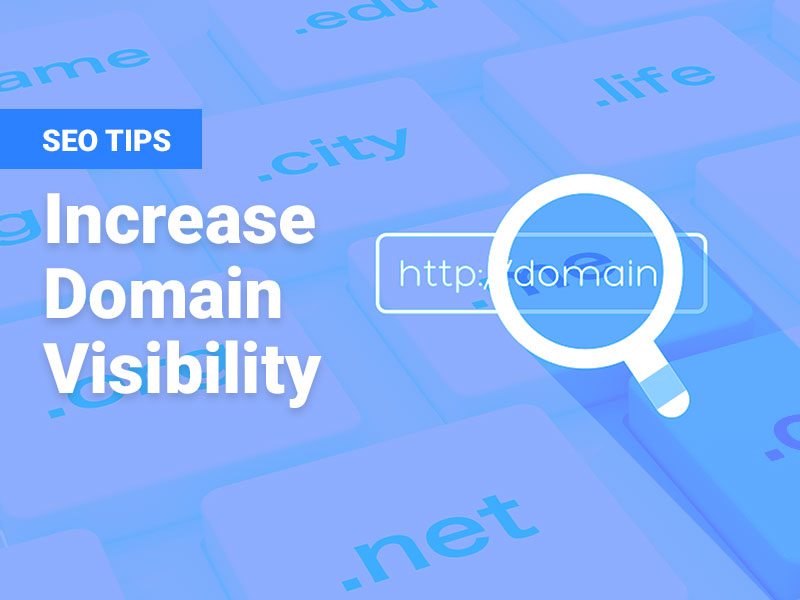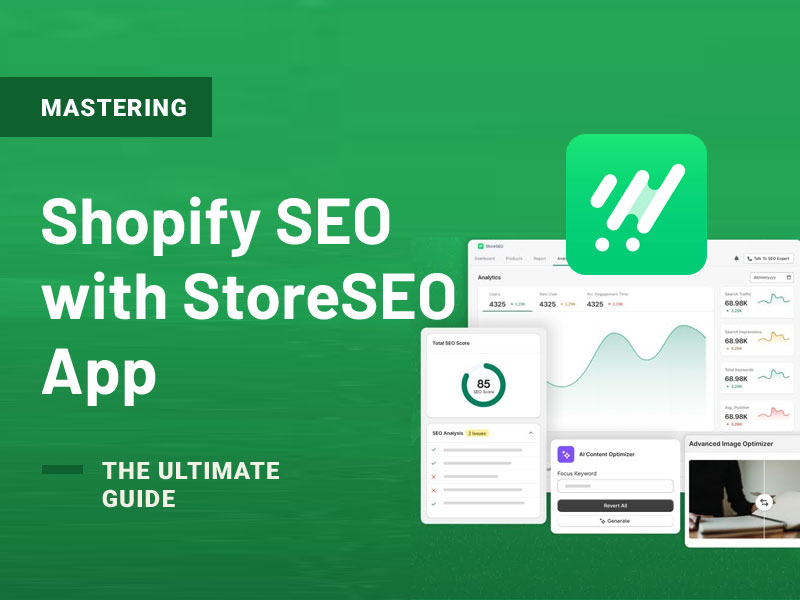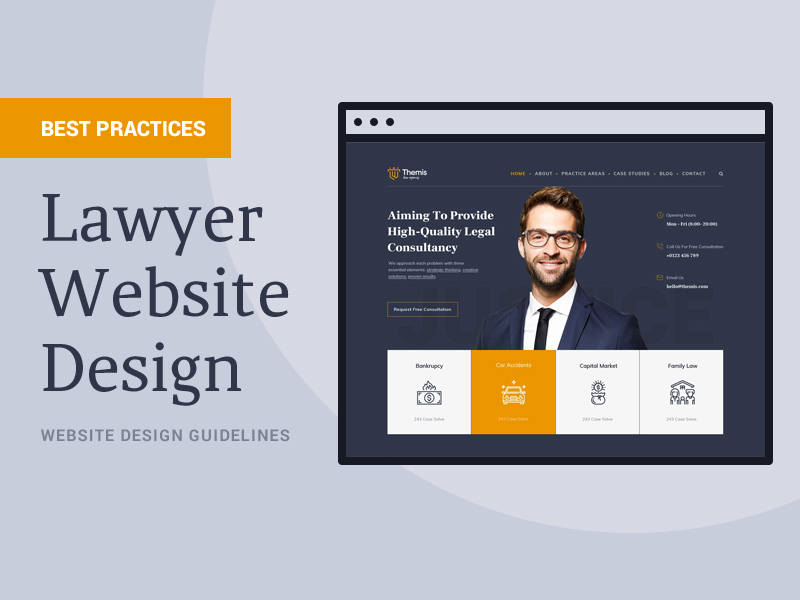Web design is a process that involves planning and building the structure, appearance, and content of a website. The structure describes how well the website is organized and arranged. The appearance focuses on the font styles, colors, spacing, etc. The content is what evaluates the whole website.
The question is whether having a carefully curated website is enough to reach your business goals? The answer is no. If nobody on the internet knows about what your website has to offer, all the effort goes in vain.
The primary thing to do while planning your website also includes making it SEO-friendly. Search Engine Optimization is an important element of website design that brings traffic to your website.
The below tips will help you design an SEO-friendly website.
How to Create SEO Friendly Website
You can consider hiring a web design agency from Vancouver as they design professional websites for small to growing businesses across multiple industry verticals. Also, the below tips will help you to create an SEO-friendly website.
1. Responsive Design – Website Looks Good Anywhere
The idea is to sell your business anywhere which means the website must be inclusive of all devices. This is achieved by using HTML and CSS which focuses on resizing, shrinking, hiding, enlarging a website.
The Internet has become an accessory that you carry everywhere you go. You can scale websites to fit any browser in devices such as desktops, laptops, tablets, and mobile phones.
Responsive design for a website is simple to create, and the designs are minimal as well. It has become a fundamental part of a good SEO strategy.
If you have a plan but are stuck with execution, you can seek help from a web design agency. They have a wider understanding of the field and help get your job done quickly. Spending a little money initially will make you earn more money in the future.
They are aware of SEO strategies that help drive traffic to your website. Based on your preference, they also create templates that go well with your business model.
2. Content – Where Purpose Meets Vision
Content is the most important element of a web design through which you draw the attention of the users and keep them engaged. Without content, it is impossible to describe the purpose of a site and take any action.
Content is created through striking words that narrate the brand’s story, even in the form of images and videos. For example, blog websites predominantly communicate through written content.
There are five parts to a layout. On top of the website is a header/banner. The navigation bar makes it easier to access pages on the website. Sidebars are where you market other contents of your website. Content quality determines the value of the website. Footer is what dictates the user engagement to convert them into clients.
Brand promotion and content creation go hand-in-hand. The best way to ideate your purpose into a vision is through creating the right content. While designing a website, have a sitemap to see how the page looks.
It is the way a website’s content is written and placed that enables it to rank high in the search engines.
3. Meta Description – Sneak Peak of Webpages
The Meta Description is a snippet, using an HTML tag that summarizes a page’s content. When you type the keyword in the search engine, what you find below the title of the page is called the meta description.
It is a tricky way to convince google to show that what your website has to offer is beneficial for the users. For example, when you know what exactly you are searching for, chances are that you click through a link just by reading the meta description.
Google search engine judges the ranking of your site through CTR (click-through rate). The more people click through a site, the higher its rankings will be. Make sure the description includes keywords used in the search box.
Note: meta description is an extra effort to place your website at the top of the search engine.
4. Speed – Quick Access to Solutions
Just like having a high-speed internet connection, websites that load fast are equally important. Years ago, humans had the patience to sit through buffering sites clearing knowing it was the only way out there.
With numerous advancements being made in technology, it is a prerequisite to optimizing websites with site speed. If you noticed, mobile devices do not load as quickly as browsing through monitors.
Always remember to work on the site speed while designing a webpage. This is how users feel compelled to revisit your page multiple times since it is convenient to click back and through.
In conclusion, the more users visit your website, the more leads you gather who then become your potential customers.
Note: images can bog down your site if its size is too large.
5. User Experience (UX) – Where Users Engage and Elevate
The goal is to create a user-centric design that is to navigate users to find what they are looking for. Therefore, users must be able to scan the website and not read it. A good web designer:
- Knows what the users want and need
- Makes the visitors use the products and services
- Knows how to provide users with valuable information to keep them engaged.
Think of yourself as a user and map out your goals. When they land your page, they must feel comfortable filling out the polls and survey forms. This will create a positive impact and a lower bounce rate.
6. Keywords – Makes Search Engines Serve Users
As discussed in the meta description, keywords really strengthen your web page. To simply explain, SEO is nothing with keywords. It is the classic way to make your website stand out and improve the search engine ranking.
Therefore, optimize your content with keywords and phrases that are relevant to your website. This way you can attract targeted traffic to your website organically. By using keywords, you describe what your website has to offer. You also provide users with what they need the most.
There are tools to help you come up with suitable keywords for your website. Through this, you can learn how the competitors are performing. However, make sure your website is designed in a way that promotes authenticity.
Tip: use long-tail keywords to get better results.
7. Social Media – Enhances Publicity and Visibility to Users
There are multiple ways to make use of social media. Connect your website with social media handles to enhance publicity and better engagement. Social media and SEO help each other.
Search engines take note of links that are most frequently viewed, liked, and shared with friends and followers. Social media platforms influence SEO rankings and increase brand exposure.
For example, when you hear about a brand, you check out its social media handles before even checking out the website. Therefore, social media indirectly brings visitors to your website by promoting in its own ways.
8. Internal Linking – Helps Google Find Your Website
Internal Linking is the practice of connecting pages and posts on your own website. Links and content are the two most important factors for SEO ranking.
As a site owner, you have the power to control internal linking. While adding links to your website, make sure the page you link with has relevancy and provides value to the users.
Internal linking aids in the navigation and hierarchy of that website.
Tip: use anchor texts in a subtle way that naturally goes well with the content.
Key Takeaway
Whether you are a web designer yourself or seeking the help of a professional, building an SEO-friendly website is crucial. It brings more ROI compared to an unoptimized website. If you like to admit it or not, business is a race and you cannot run by yourself.
Creating a web design is a race as well. You are running with competitors similar to your brand. An SEO- friendly website definitely helps you prepare for the race, if not win always.
